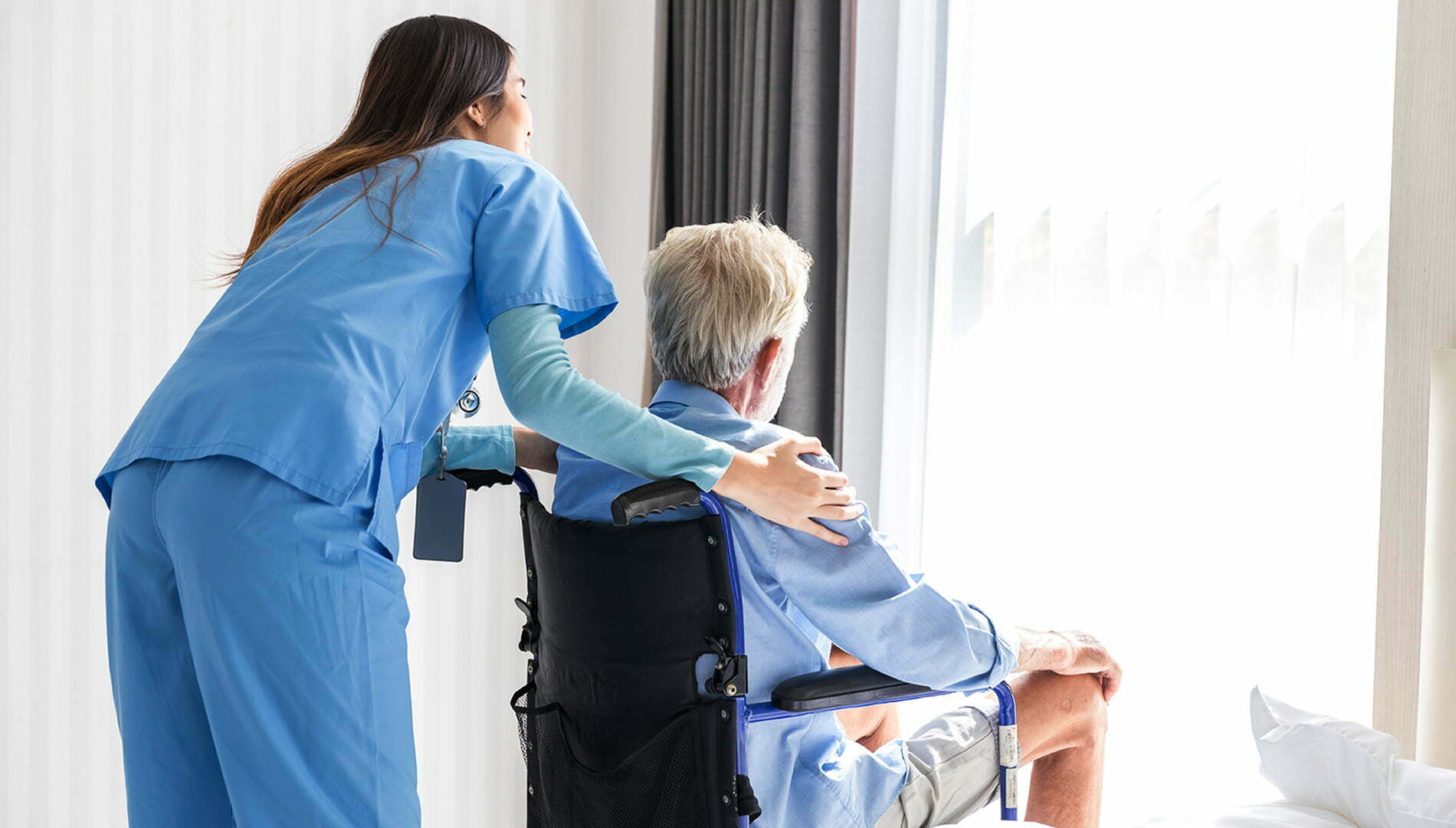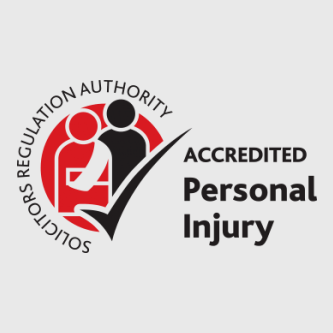Published: 5th January 2021
Looking ahead to what we want to achieve on the bike is a great way to end a year. Learning some key cycling skills in 2022 will improve you as a rider and help you go from a beginner to an experienced cyclist. We’ve compiled a list of techniques with an emphasis on safety because mastering these will boost your confidence, whether you’re taking on a training ride or the morning commute.
Braking
Applying the brakes may seem like a trivial skill but there’s more to it than you might think. Understanding how they work and knowing where and when to apply them will make you a more confident rider and reduces the risk of a wobble when you’re slowing down for a junction or traffic lights. Remember that your rear brake slows the bike, and the front brake stops it dead. Don’t slam both on at the same time but instead learn to judge the stopping distance of your rear brake. That way you can gradually apply the rear brake when coming up to a junction and then put the front brake on once you have slowed down so that you don’t go flying over the handlebars.
Cornering
Cornering on busy country roads can be nerve wracking. The temptation can be to slow to a walking pace, but even this may cause issues with other road users down the line. It can be especially daunting on a descent. Firstly, always remember to look through the corner as your bike will follow where your eyes are focusing. Use your rear brake to slow yourself ever so slightly and then gradually lean into the corner. You will see that your momentum will carry you through in a safe but quick manner. In wet conditions or on loose surfaces, you will need to keep your bike more upright and your centre of gravity closer to the middle to avoid slipping.
Descending
Using a combination of your newfound braking and cornering techniques will help to improve your descending skills. A fast stretch of road can easily spook a rider, which in turn puts a dent in their confidence and sets off a domino effect that can greatly impact your ability to ride safely. Starting out on well-known short descents and practising your braking and cornering skills will help massively. Be sure to brake going into the corner and not as you are turning, focusing your weight on the outside leg (in control of traction) and inside arm (in control of trajectory).
Clipless pedals
Learning how to use clipless pedals (counter-intuitively, clipless pedals are the kind you clip into…) will transform your riding as it greatly improves your pedalling efficiency and power output. At first it may feel alien to not ride with flats but once mastered, trust us, you will never want to go back. Riding with a clipless system also does a lot to help your stability on the bike and although it may take some getting used to, it also improves overall safety.
Group riding
Riding with others increases your safety on the roads, unlocks the many social benefits of cycling and enables you to tackle longer distances. To develop this skill, either join your local club, team or a group of experienced friends and learn from the experts. Once you are confident enough to ride closer to each other, you will begin to learn the ins and outs of group ride etiquette, and start feeling the benefits of sharing the workload.
Feeding
Drinking while in the saddle requires you to take at least one hand off the handlebars. You won’t get far if you can’t feed and replenish your energy supplies. Choose a quiet stretch of road, get up to speed and slowly begin to take one hand off your handlebars. After doing this a couple of times, while looking ahead, reach down and remove your bottle from its cage and bring it up to drink. The key throughout this skill is to have your eyes looking ahead. After a while you will instinctively learn where your cage or rear pocket is when you’re riding.
Hand signals
Another crucial safety skill that requires you to ride one handed is using hand signals. These are required especially if you commute to work by bike as they alert other road users to what manoeuvres you will be taking. If you’re on a group ride, signals can also be used to alert other riders to potential hazards on the roadside such as a parked car, pothole or loose surface.
Bunny hop
Although not an absolute must for all riders, learning how to bunny hop – like the very best cyclocross pros – can get you out of harm’s way on a commute. When riding through busy streets there is occasionally no alternative route around an obstacle, so being able to bunny hop off and on to a curb or over a pothole, dramatically reduces the risk of coming to harm. There are plenty of ‘how to’ videos that will take you through the technique and practising to bunny hop on a quiet road or in a park is a great way of getting it nailed. Plus, let’s be honest, it does look quite cool.
Becoming a safer, more confident cyclist takes time and practise, but once achieved it has the power to boost your happiness in the saddle. When you can regularly train and commute knowing that you have the repertoire to tackle any potential issue, all the effort will be worth it.
As always, we wish everyone safe travels; however, if you or any of your family or friends are involved in an accident on the roads and require legal assistance from a Top Tier Legal 500 rated law firm, please do not hesitate to contact us.
We can be contacted on 0330 058 0377 for a free, confidential conversation with a specialist serious injury solicitor. Alternatively, please send us your contact details to enquiry@seriouslaw.co.uk, and one of our team will be in touch. All enquiries are free and confidential.











